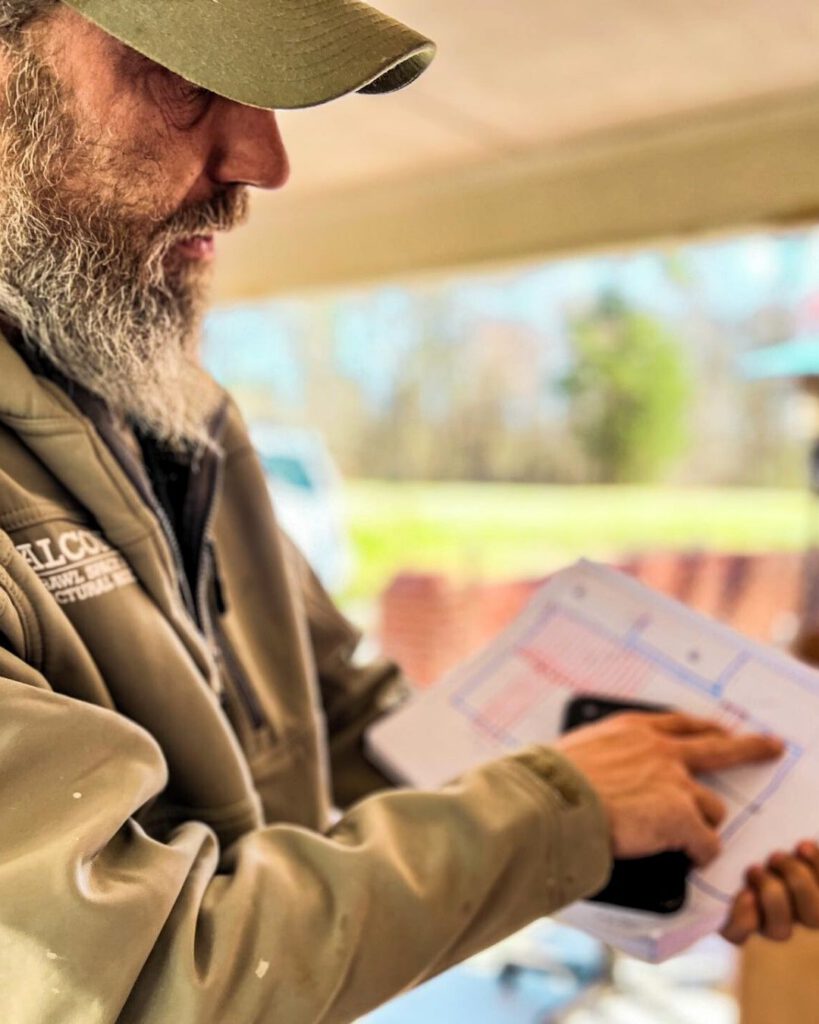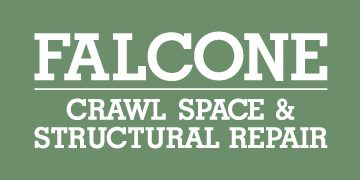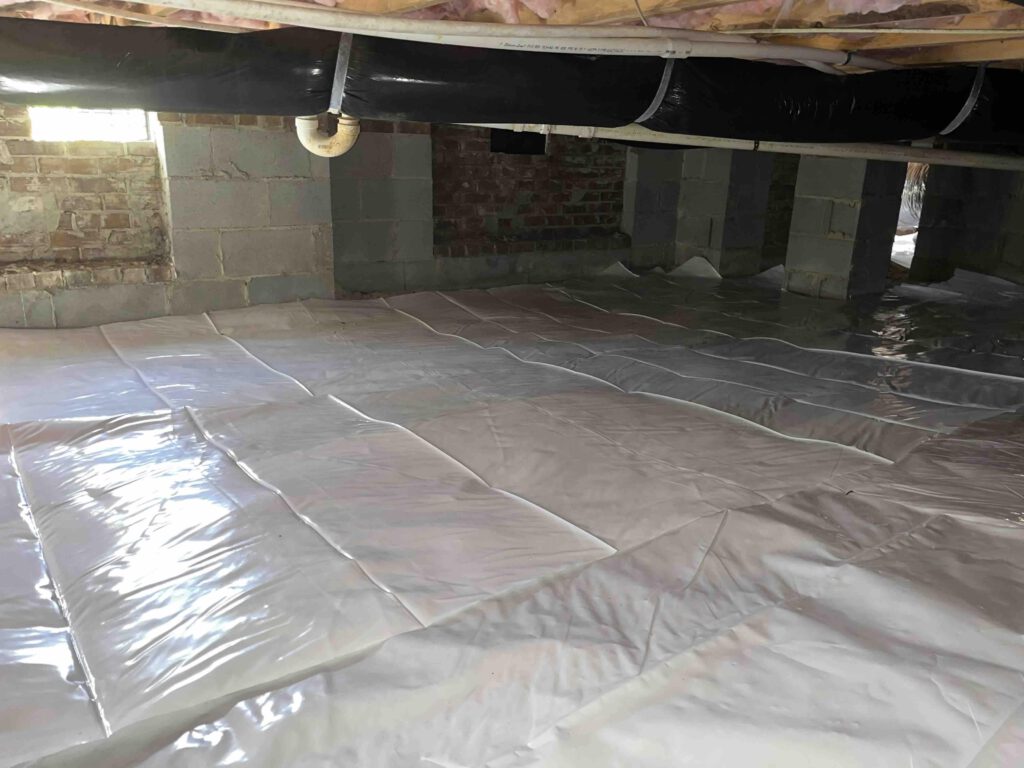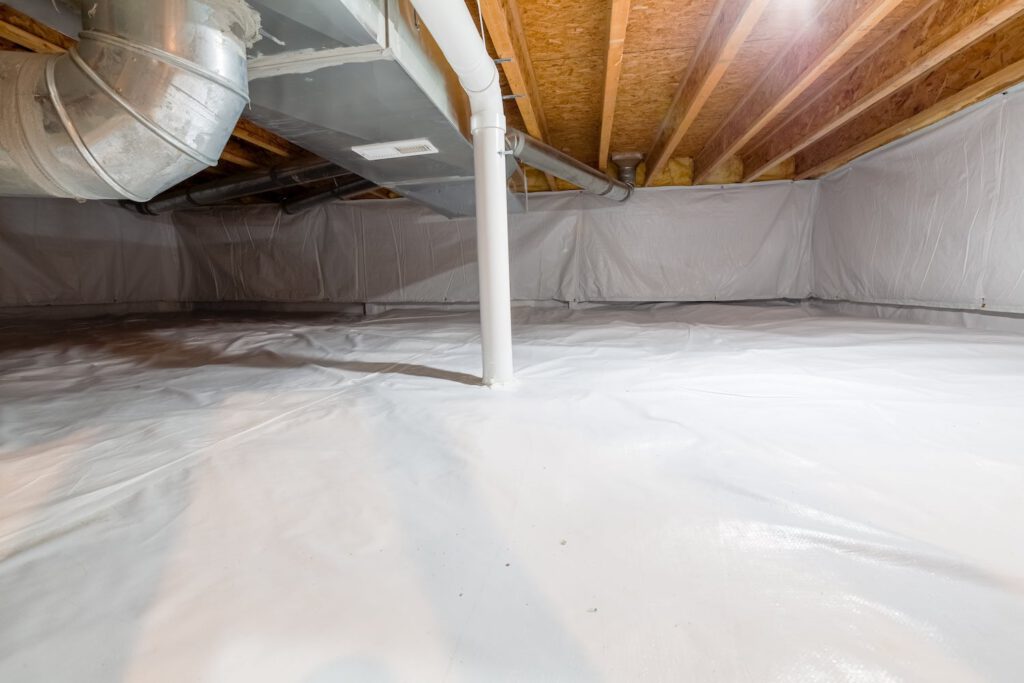6 Very Important Questions to Ask Your Crawl Space Specialist

If you have never lived in a home that had a crawl space instead of a full basement, you probably have questions. Or, if you’ve never owned a home before, you may not even be familiar with what a crawl space is. You might feel concerned over water pooling in your crawl space, or you might not realize how this part of your home affects energy efficiency.
Bringing these questions to your crawl space specialist can help you get informed answers. Luckily for you, Falcone’s crew members are all highly-trained in the industry, and not subcontractors who work on jobs here and there. We are experts and have probably had every question ever thrown our way. Everyone you see in a Falcone uniform is a full-time employee who shares the Falcone values.
Below are some of the most common questions that we receive here at Falcone, whether in-person during an initial inspection or via email. If, by chance, your question is not on the list, we’d love to provide you the answer. Contact us here.
1. Should Your Crawl Space Have Vents?

Protecting against moisture and water damage meant installing vents on opposite sides of the crawl space. Older crawl spaces may still have these vents, but a crawl space specialist will tell you that vents are unnecessary in new constructions. That’s because vents increase the need for crawl space maintenance.
While vents increase ventilation, it’s important to know that the exchange of temperature between the crawl space and the outdoor environment raises the risk of condensation.
A crawl space without vents can be fully encapsulated without the risk of dampness and moisture forming inside. If you’re building a new crawl space, it may be better to exclude vents from the plans.
2. Should Your Crawl Space Specialist Install Encapsulation?

Even if you have already installed a vapor barrier in your crawl space, it still makes sense to schedule crawl space encapsulation. The vapor barrier will only limit the moisture in your crawl space from the ground vapors in the underlying soil. Encapsulation goes further by protecting your crawl space and the underside of your home.
Crawl space encapsulation starts with clearing debris out of your crawl space. The sealing process includes using a vapor barrier, a thick, durable layer of polyethylene. Sealing the vents to prevents the outside heat, and humidity of the summer from coming in, and the cold air in the winter. Encapsulations prevent wood rot, insect infestations, and other hazards that could damage the structure of your home, all while increasing the energy efficiency of a home.
3. Do Crawl Spaces Need Sump Pumps?
No matter how much waterproofing you install in your crawl space, you should still consider a sump pump installation to protect your home if a plumbing issue or a heavy storm results in flooding.
Your crawl space specialist will position the sump pump at the lowest point in the crawl space. A small pit gets excavated, a basin goes in surrounded by stone, and the pump goes into the center of the basin. Once water fills this pit up to a predetermined level, the sump pump will kick on and remove water from your crawl space.
4. How Can You Protect Utility Lines Running Through Your Crawl Space?
One of the most common crawl space questions concerns the protection of utility lines. Plumbing pipes, electrical wiring, and HVAC ducts may all run through your crawl space. Since this part of your home may be colder, you’ll want to consider how environmental elements will affect these home features.
The best way to protect your utilities and other equipment in your crawl space, is with an encapsulation. This process keeps cold air out in the winter, so keeping your crawl space and 1st floor within 5-10 degrees of each other year round.
Additionally, your crawl space floor system, i.e joist system should have insulation with R-values of at least R-19. Check your local building codes to determine the specifically required R-value.
5. Can Your Crawl Space Specialist Install a Door?
Some people use their crawl spaces for storage as well. If this sounds like an attractive option, you can ask your crawl space specialist to install a locking door to prevent unauthorized access. Building codes require the size of the door to be 18×24 inches or larger. Our crawl space specialists typically focus on addressing issues related to crawl spaces, such as moisture control, insulation, ventilation, and structural repairs but if a door is what you have in mind, we can make it happen.
6. Do Gutter Downspouts Threaten Your Crawl Space?
The design of your home should account for protecting your crawl space from water damage. This means the downspouts should extend far enough from the home’s exterior to prevent flooding around the crawl space. If you do notice water pooling around your home when it rains, you may need to update your gutters, and or downspouts
7. Why Do Crawl Spaces Exist in the First Place?

Crawl spaces exist to provide accessible space for maintenance, repairs, and utility access in buildings. They offer benefits such as ventilation, foundation support, and insulation, but their effectiveness depends on proper maintenance to avoid issues like moisture buildup and pest infestations.
Rely on the Pros for Crawl Space Maintenance
Falcone Crawl Space & Structural Repair provides maintenance and waterproofing services for crawl spaces. We’ll answer any questions you have about your crawl space and provide the services you need. To learn more or schedule service, contact us.


